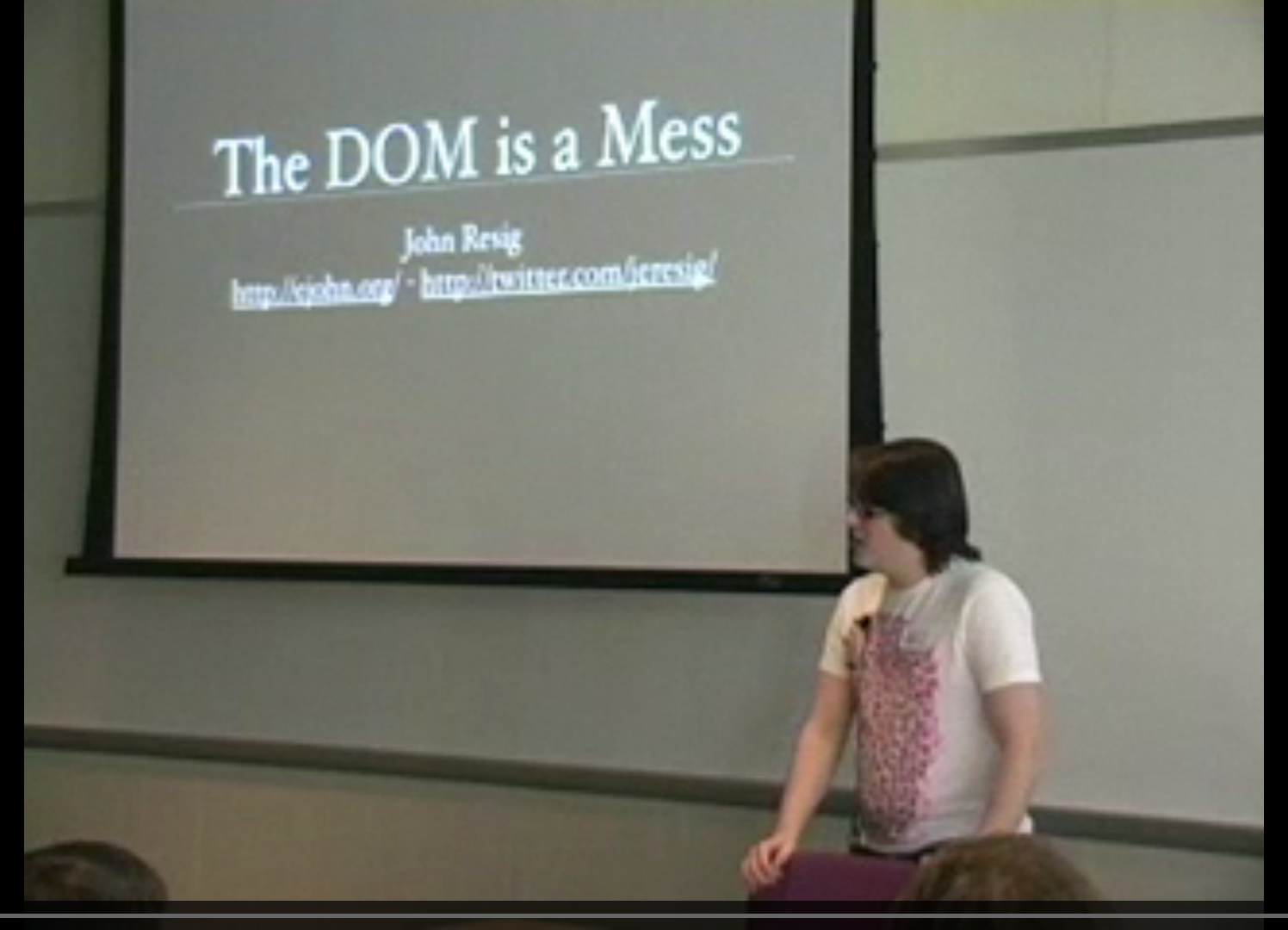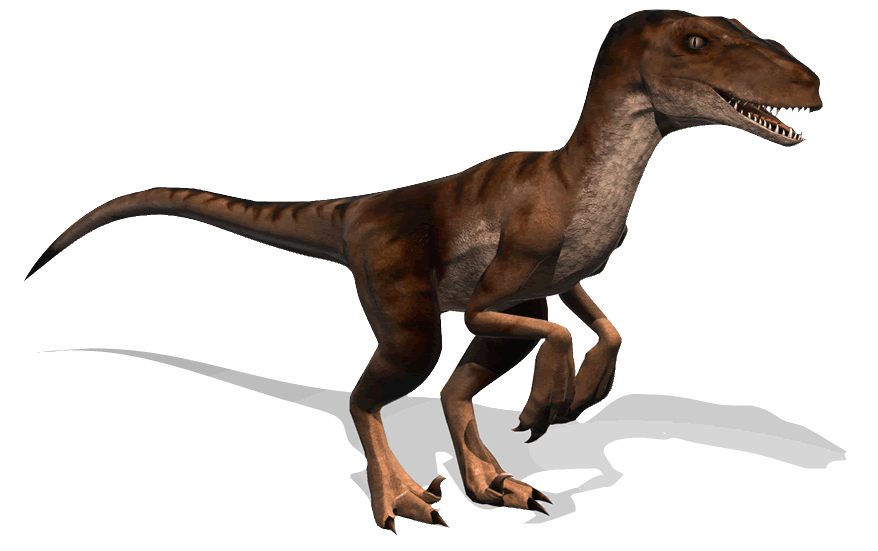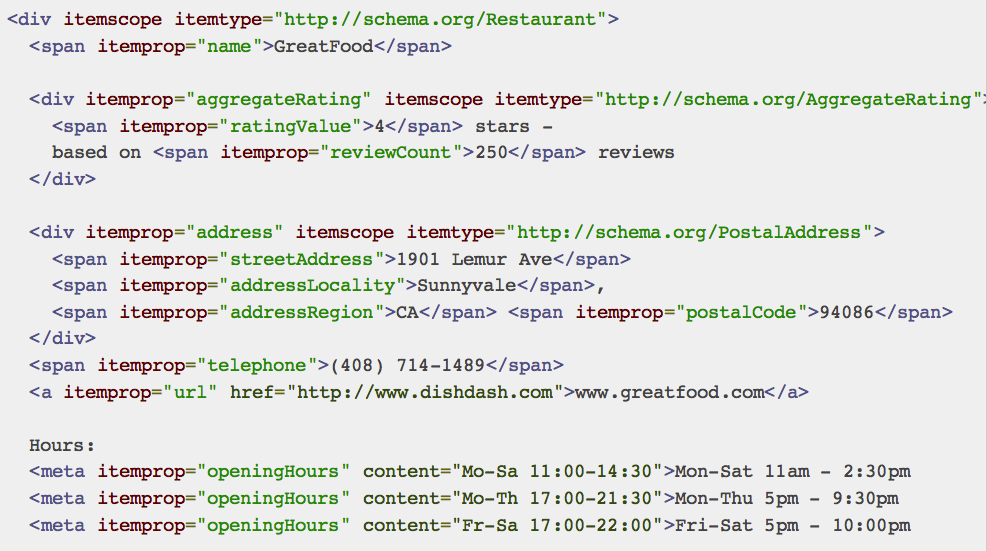
Mike Taylor, Opera Software



The value must be unique amongst all the IDs in the element's home subtree and must contain at least one character. The value must not contain any space characters.
<p id="#">Foo.
<p id="##">Bar.
<p id="♥">Baz.
<p id="©">Inga.
<p id="{}">Lorem.
<p id="“‘’”">Ipsum.
<p id="⌘⌥">Dolor.

The attribute, if specified, must have a value that is a set of space-separated tokens representing the various classes that the element belongs to.
The DOMTokenList interface represents an interface to an underlying string that consists of a set of space-separated tokens.
interface DOMTokenList {
readonly attribute unsigned long length;
getter DOMString? item(unsigned long index);
boolean contains(DOMString token);
void add(DOMString token);
void remove(DOMString token);
boolean toggle(DOMString token);
};
Element.classList.length
Element.classList.item(index)
Element.classList.contains()
Element.classList.add()
Element.classList.remove()
Element.classList.toggle()
*View Source. Go crazy.


Returns a DOMStringMap object for the element's data-* attributes.
Hyphenated names become camel-cased.
For example, data-foo-bar="" becomes element.dataset.fooBar.
The DOMStringMap interface represents a set of name-value pairs.
interface DOMStringMap {
getter DOMString (DOMString name);
setter void (DOMString name, DOMString value);
creator void (DOMString name, DOMString value);
deleter void (DOMString name);
};
<button data-text="Web Workers">W</button>
function showText(element){
someDiv.textContent = element.dataset.text;
}

All HTML elements may have the hidden content attribute set. The hidden attribute is a boolean attribute. When specified on an element, it indicates that the element is not yet, or is no longer, relevant. User agents should not render elements that have the hidden attribute specified.


A mechanism for adding machine-readable annotations to documents, so that tools can extract trees of name-value pairs from the document.


interface HTMLCollection {
readonly attribute unsigned long length;
getter Element? item(unsigned long index);
getter object? namedItem(DOMString name);
};
HTMLAllCollection, HTMLFormControlsCollection, HTMLOptionsCollection, HTMLPropertiesCollection
document.anchors
document.applets
document.forms
document.images
document.links
document.embeds
document.plugins
formElement.elements
selectElement.options
tableElement.rows
tableElement.tBodies
tableRowElement.cells
document.scripts
document.all
var item = document.getItems("http://itemtype/URL")[0]
item.properties.foo
item.getValues()
Mike Taylor, Opera Software